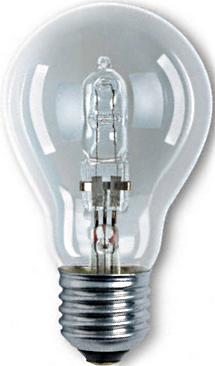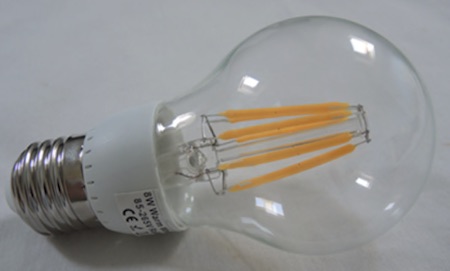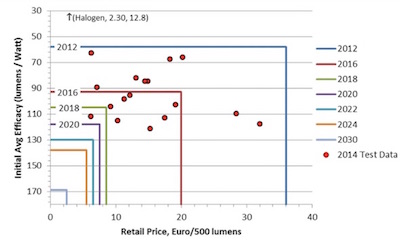EU member states have recently voted in favor of pushing back halogen bans to 2018, as lobbyist argue LED alternatives are simply not ready to meet market demands yet, reported End Europe.
The agreed ban of all non-directional bulbs rated energy class C or lower was moved from September 2016 to September 2018.
The delay was supported by member state experts in a close vote last Friday, and it was the first time that the EU has fallen back on agreed product efficiency measure, according to a report from The Guardian.
 |
|
A Xenon Halogen Lamp (105 W) for replacement purposes with an E27 screw base. (Photo Courtesy of Wikipedia) |
The European Commission argued LED technology was not ready yet, and by switching to energy-efficient lamps in 2018 would still save the equivalent of Portugal’s annual electricity consumption each year and cut CO2 emissions by 15.2 million tonnes by 2025.
Responding to EU’s decision, Coolproducts, an energy efficiency campaign group, pointed out the industry lobbying would wipe out EUR 6.6 billion (US $7.08 billion) in energy savings for consumers.
 |
|
LED filament lamp. (Photo courtesy of ECEEE) |
“Industry watered-down the original law, then came back calling for more delays using old data and scare tactics on timid governments, said Coolproducts campaigner Stamatis Sivitos.“Today’s decision lets them sell inefficient halogen bulbs for a few more years to boost profits at the expense of much higher lighting bills for the rest of us…The good news is the super-efficient LED revolution is unstoppable.”
The organization also criticized lighting industry claims that consumers will be more inclined to buy LEDs when the products are more efficient at a later date, but lighting experts CLASP pointed out it would take 40 years to make up for lost savings from not switching from halogen to LEDs next year. Industry have also claimed European jobs were at stake, but the lighting industry has been investing heavily in Chinese production, while spending little to convert European factories.
 |
|
Example of MV LED Non-Directional Retrofit Clear LED Lamps: Projections made in 2013 on price/performance ratio vs. real 2014 values. The above figure shows that approximately 50% of the LED lamps purchased in 2014 and tested for the Belgium/Sweden/CLASP/eceee study already exceed the 2016 price and performance levels that were anticipated by the Commission in June 2013, and one model exceeds the 2018 level on efficacy and the 2020 level on price. (Source: ECEEE) |
Despite research evidence from Danish Energy Agency and European Council for an Energy Efficient Economy (ECEEE) that energy efficient LED bulb replacements were available on the market, and some models price and quality levels were already at 2025 projected performance levels. The European lighting industry has rejected these claims.
“[The development of] alternative technologies takes time to be fully realized – and then to subsequently be widely available on the market,” said Diederik de Stoppelaar of LightingEurope. The lighting industry pointed out the 2018 phase-out date was an “acceptable compromise” and would have preferred to move the ban to 2020.





 CN
TW
EN
CN
TW
EN








